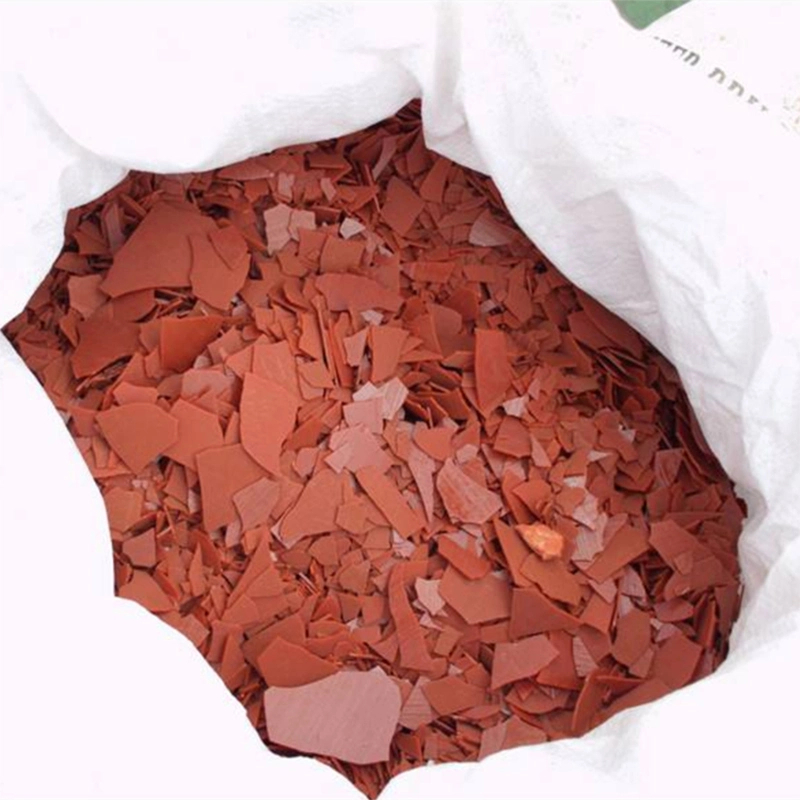



Chemicals Commonly Employed for Water Disinfection Processes and Their Applications
Chemicals Used to Disinfect Water Ensuring Safe Drinking Water for All
Access to clean and safe drinking water is a fundamental human right and an essential necessity for maintaining public health. Contaminated water can be a breeding ground for various waterborne diseases, leading to severe health issues and even fatalities. To ensure that water is safe for consumption, a variety of chemicals are employed in the process of disinfection. This article explores some of the most common chemicals used to disinfect water and examines their effectiveness, benefits, and potential drawbacks.
One of the oldest and most widely used disinfectants is chlorine. Chlorine has been used for over a century to treat drinking water and is highly effective in killing bacteria, viruses, and other pathogens. When chlorine is added to water, it forms hypochlorous acid, which is the active agent that inactivates harmful microorganisms. The advantages of chlorine include its low cost, availability, and ability to provide a residual effect, meaning that it continues to disinfect water as it travels through pipes to users. However, chlorine can react with organic matter present in water to form harmful by-products known as trihalomethanes (THMs), which have been linked to health risks.
Chemicals Used to Disinfect Water Ensuring Safe Drinking Water for All
Another important chemical is ozone. Ozone (O3) is a powerful oxidant that can effectively eliminate bacteria, viruses, and protozoa. Its efficacy allows for the disinfection of water with lower concentrations compared to chlorine. Additionally, ozone does not produce harmful by-products like THMs since it decomposes rapidly, leaving no residual chemicals. However, the application of ozone requires specialized equipment, which can increase the operational costs of water treatment facilities.
chemicals used to disinfect water

Ultraviolet (UV) light has emerged as an alternative to traditional chemical disinfectants. UV disinfection works by exposing water to UV light, which penetrates the cells of pathogens, damaging their DNA and rendering them unable to replicate. This method is effective against a wide range of microorganisms, including those resistant to chemical disinfectants. UV disinfection is preferred for its environmentally friendly nature, as it does not introduce any chemicals into the water. However, it lacks a residual effect, which means that water may become re-contaminated after treatment if not stored properly.
Hydrogen peroxide is another oxidizing agent that can be used for water disinfection. It is effective against bacteria, viruses, and even some protozoa. It decomposes into water and oxygen, making it environmentally safe. Like ozone, hydrogen peroxide requires careful monitoring and control during application. Its effectiveness can also be influenced by the presence of organic matter in water.
While these chemicals play crucial roles in ensuring that drinking water is safe, their use must be balanced with potential health and environmental considerations. Regulatory agencies set guidelines for disinfectant levels to minimize risks associated with chemical exposure. Additionally, ongoing research is crucial to better understand the long-term impacts of water disinfection chemicals on human health and ecosystems.
In conclusion, the disinfection of water using chemicals such as chlorine, chloramines, ozone, UV light, and hydrogen peroxide is vital in safeguarding public health and maintaining community wellness. Each disinfection method has its unique strengths and limitations, and water treatment facilities often employ a combination of these processes to optimize water safety. Ensuring that everyone has access to safe drinking water is a shared responsibility that requires continued investment in research, technology, and infrastructure to adapt to changing global challenges. As we strive for better water quality, embracing both traditional and innovative disinfection methods will be key to achieving this essential goal.
-
Why Sodium Persulfate Is Everywhere NowNewsJul.07,2025
-
Why Polyacrylamide Is in High DemandNewsJul.07,2025
-
Understanding Paint Chemicals and Their ApplicationsNewsJul.07,2025
-
Smart Use Of Mining ChemicalsNewsJul.07,2025
-
Practical Uses of Potassium MonopersulfateNewsJul.07,2025
-
Agrochemicals In Real FarmingNewsJul.07,2025
-
Sodium Chlorite Hot UsesNewsJul.01,2025










